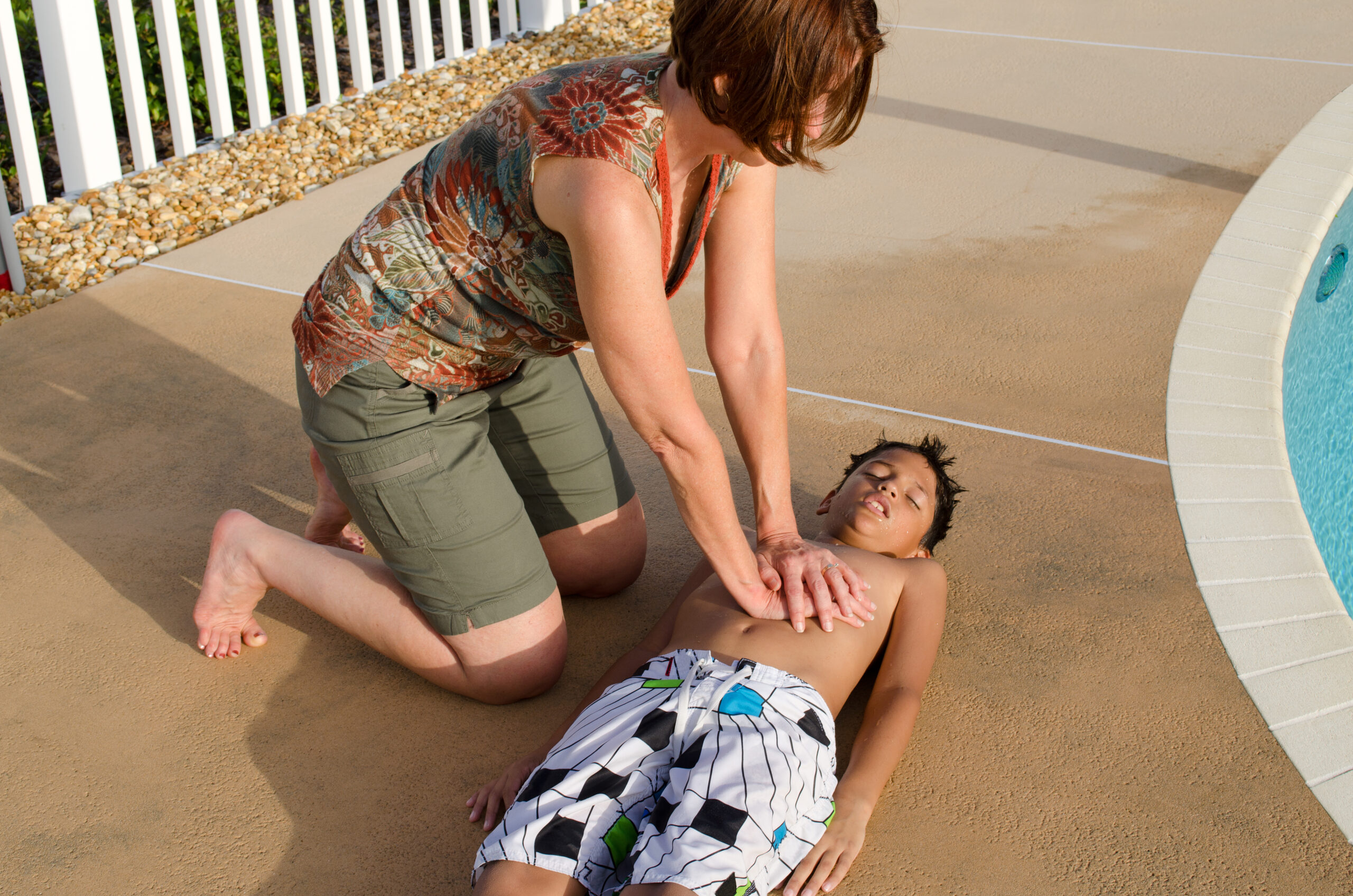Introduction
Introduction
Drowning occurs more commonly in young and adults and children and leads to emergency respiratory arrest.

Drowning Patient
Prevalence
There are over half a million deaths secondary to drowning each year. Drowning is a preventable cause of death and significant neurologic morbidity. It is likely the most common cause of cardiac or respiratory arrest in the young.
Preventing Drowning
Three are several questions that come to the forefront when considering programs to prevent screening:
- Who is the target preventative population?
- What are the supervision requirements?
- Is there a proven benefit for swimming in the very young?
- There is no good evidence supporting or refuting this practice
Key Takeaway
Supervise young children when bathing or at a pool
Personal pools should have a fence at least 5 feet high that is sturdy and unable to be opened by children
Keep life-saving equipment near the pool
The emotional aspects of drowning are grave due to its preventable nature and often young patients. Encouraging prevention is the best method of management. Additionally, resuscitation efforts in bodies of water lead to some danger to the responders. Responders must always observe safety precautions.
Pathophysiology of Drowning
During drowning, the airway is within a liquid (usually water), prompting breath-holding. Following this, reflexive laryngospasm occurs due to water in the pharynx or larynx. Over this period, there is no gas exchange- oxygen is not inhaled, and carbon dioxide is not released, leading to hypoxia, hypercapnia, and acidosis. Initially, respiratory movements are active even with the associated obstructive larynx. As oxygen levels further drop, the laryngospasm resolves, significant amounts of water are swallowed. Water within the lungs can lead to abnormal changes that may include acid-base and electrolyte imbalance, fluid shifts, changes in blood gas tension as well as pulmonary hypertension, depletion of surfactant, and shunting.
Patients of cold water drowning are also susceptible to shock response when the water is 10 deg C (50 degrees F) or less as this leads to significant cardiovascular changes such as hypertension, tachyarrhythmias, and gasping reflex. Quick resuscitation can avert these problems; however, if this does not occur- and even in some cases with early resuscitative efforts- the patient can progress to cardiac arrest and hypoxic encephalopathy.
The hypoxic time frame is critical in prognostication. Patients should be removed from the water and provided CPR as quickly as possible. Treatment of associated hypothermia or trauma (i.e., in the case of cervical spine injury due to drowning) is also necessary. Note that C-spine precautions may make CPR challenging, so this should be done only if necessary. Significant hypothermia in icy waters (temperature below 5 degrees C or 41 degrees F), if it occurs before hypoxia may theoretically be protective due to the decreased metabolism. Additionally, the patient may experience secondary hypothermia due to lost heat during resuscitation efforts. Patients with secondary hypothermia do not receive any benefits from the hypothermia.